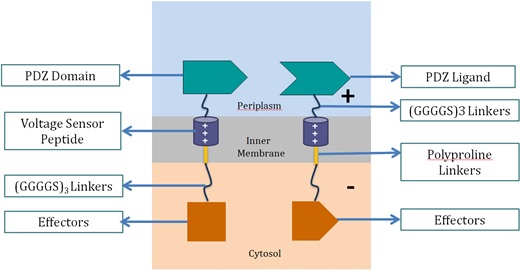Team:Hong Kong CUHK/backgroundVS
From 2013.igem.org
(Difference between revisions)
Janeytling (Talk | contribs) |
Janeytling (Talk | contribs) |
||
| Line 72: | Line 72: | ||
position:relative; | position:relative; | ||
width:1100px; | width:1100px; | ||
| - | height: | + | height:2000px; |
z-index:1; | z-index:1; | ||
background-color: #FFF; | background-color: #FFF; | ||
| Line 79: | Line 79: | ||
position:relative; | position:relative; | ||
width:1025px; | width:1025px; | ||
| - | height: | + | height:2000px; |
z-index:1; | z-index:1; | ||
background-color: #FFF; | background-color: #FFF; | ||
| Line 149: | Line 149: | ||
These effectors can be changed accordingly. In our project, we chose laccase and dioxygenase for BaP degradation. We also planned to test the system with bimolecular fluorescence complementation (BiFC) dimerization. | These effectors can be changed accordingly. In our project, we chose laccase and dioxygenase for BaP degradation. We also planned to test the system with bimolecular fluorescence complementation (BiFC) dimerization. | ||
To become functional, the PDZ domain and PDZ ligand bind the two protein fragments together, forming a stable dimer.</p> | To become functional, the PDZ domain and PDZ ligand bind the two protein fragments together, forming a stable dimer.</p> | ||
| - | <p><h3>2. Proposed Mechanism of Switching “ON” and “OFF” in the System<h3></p> | + | <p><h3>2. Proposed Mechanism of Switching “ON” and “OFF” in the System</h3></p> |
<p><strong>Switching “OFF”</strong><br> | <p><strong>Switching “OFF”</strong><br> | ||
When no external charge is applied, the two effectors are combined, as the repulsion force between the two positively-charged voltage sensor peptide is relatively smaller than the dimer effect. The two voltage sensor peptides are vertically parallel to each other.</p> | When no external charge is applied, the two effectors are combined, as the repulsion force between the two positively-charged voltage sensor peptide is relatively smaller than the dimer effect. The two voltage sensor peptides are vertically parallel to each other.</p> | ||
Revision as of 15:43, 28 October 2013
 "
"















